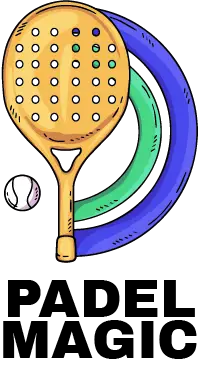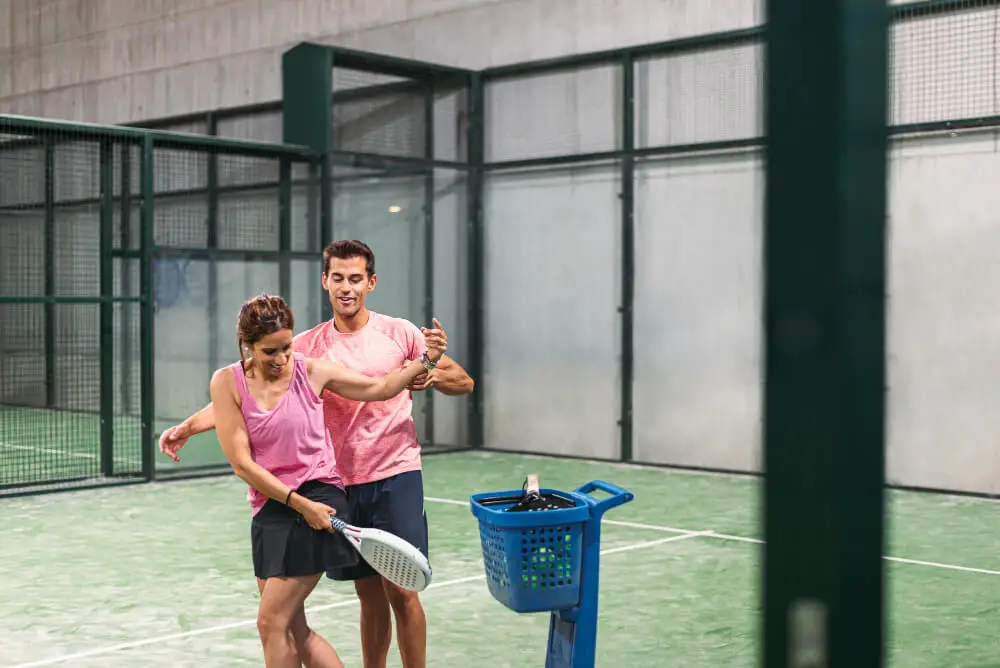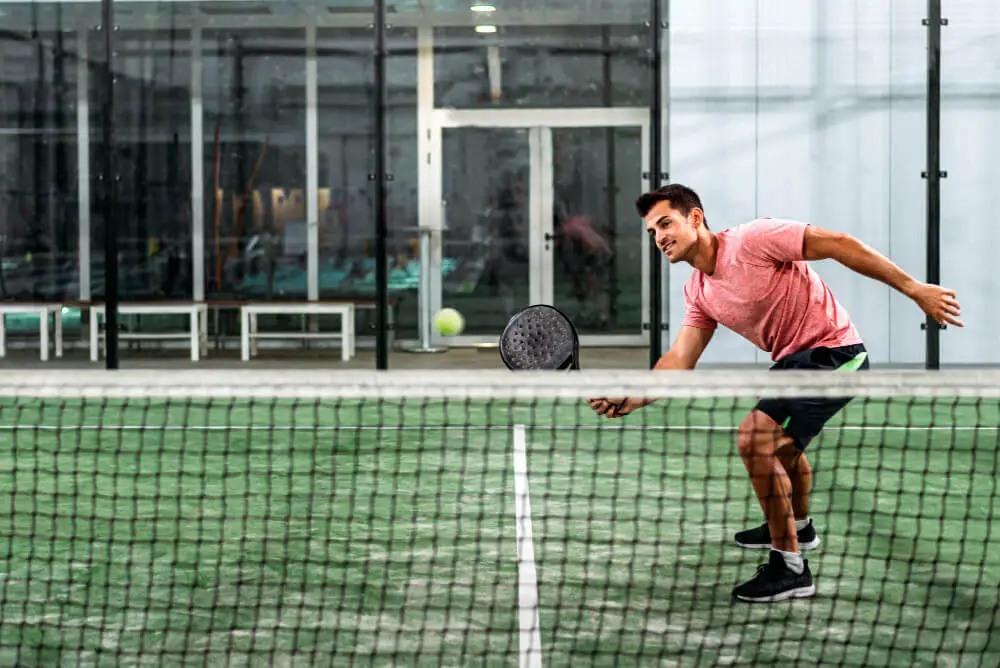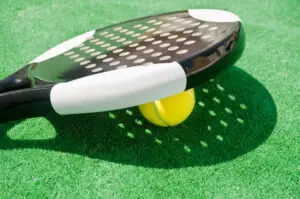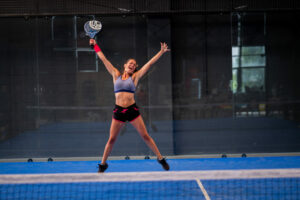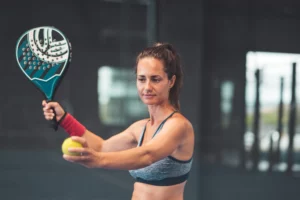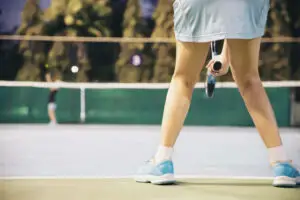Have you ever wondered how big a padel tennis court is? Well, wonder no more! In this blog post, we’ll take a look at the dimensions of a standard padel tennis court and learn about some of the elements that make up this unique playing surface.
So whether you’re a padel tennis player yourself or just a curious spectator, read on to find out all there is to know about the size and layout of a padel tennis court!
Standard padel court dimensions
With the recent surge in popularity amongst all generations and demographics, padel is a sport that is becoming increasingly popular. An important factor in the medium-term success of this game will be the correct implementation of a standard court dimension.
Standardization ensures meetups, friends’ games, tournaments, etc are universally enjoyed by people and the sport’s chances of growing further significantly increase. The most commonly used court dimensions include a total playing area of 256 square meters divided into two rectangular courts connected through a net zone of 2mx6m corner-to-corner.
Furthermore, each court’s measurement comes down to 10mx20m with both sides measuring 11x21x3m after including side panels and protection nets. Padel definitely has all the ingredients to become the next global phenomenon with its relatively low investment costs compared to other sports and with standard court sizes quickly taking shape around the world.
Variations in padel court size and layout
Playing padel is a great way to have fun and stay in shape, but did you know that the size and layout of the court can vary significantly? Because of the wide array of available court layouts, it’s important to understand what’s meant by “standard” when talking about padel courts.
Generally speaking, a standard padel court has dimensions of 20 meters long by 10 meters wide. Most often the net height will be 1.2 meters tall, with a court surface similar to that of clay tennis courts. But with such variations as compact-sized courts and even indoor courts, there are no hard rules when it comes to playing padel — so get out there and enjoy yourself!
Materials and construction of a padel court
A padel court is unlike any other court you have seen before. It has different materials starting with a lower wall of sand-coated cement, allowing for a much softer rebound than other courts.
The walls consist of steel and glass frames, built to withstand complicated shots and long games. With its dimensions measuring about 20 by 40 meters long, the total playing area is 200 sqm plus the side lanes, making it the ideal size for experienced pro players or novice beginners.
In the center of the padel court lies special transparent panels made out of anti-stress material that controls bounce and shock better than any other similar sport court in existence. Truly, a padel court is an intricate construction that results in an enjoyable experience for all!
Fence height and design on a padel court
Fence height and design is an important consideration when creating a padel court. A good fence should be tall enough to keep balls in the court without blocking any of the action or obstructing players’ views.
Additionally, it should have an aesthetically pleasing design that adds to the court’s overall feel and atmosphere. When picking out a fence for a padel court, it is important to take into account both its height and how it looks in order to get the perfect combination of playability and style.
Lighting and surface conditions on a padel court
A padel court’s lighting and surface conditions are key elements in the game, both impacting playability and safety of athletes. How bright and what color the lights are can have a major effect on how well a player sees the ball and their opponents, making it important to have spots evenly distributed around the court.
As for the surface itself, it should be flat with no bumps or trip hazards that could cause players to be put at risk for injury. An ideal surface would be one that is durable enough to last through rigorous games, but also not too hard to wear down athletes’ joints over time. With proper lighting and surface conditions all in check, athletes can safely compete while enjoying their sport with confidence.
Accessibility and availability of padel courts in different locations
Padel is a popular sport that has been gaining traction in certain locations around the world. It brings with it an environment that is both physically and mentally engaging for all participants, as well as providing fun for those who simply want to try something new.
The accessibility and availability of padel courts however are not quite as widespread as one would hope. Some areas have limited options when it comes to finding a place to play such a unique game, while others simply do not have any. In order to truly maximize the popularity of this exciting game, more locations need to make an effort to build or acquire padel courts so that everyone has the chance to give this wonderful activity a whirl.
In conclusion
The sport of padel is continuing to grow in popularity around the world. As more people discover this fun and challenging game, they will also need access to quality padel courts. This article has outlined all of the different aspects that go into making a great padel court, from design and layout to materials and construction. By understanding the standard dimensions and specifications for a padel court, you can be sure that you are providing your players with the best possible playing experience.
